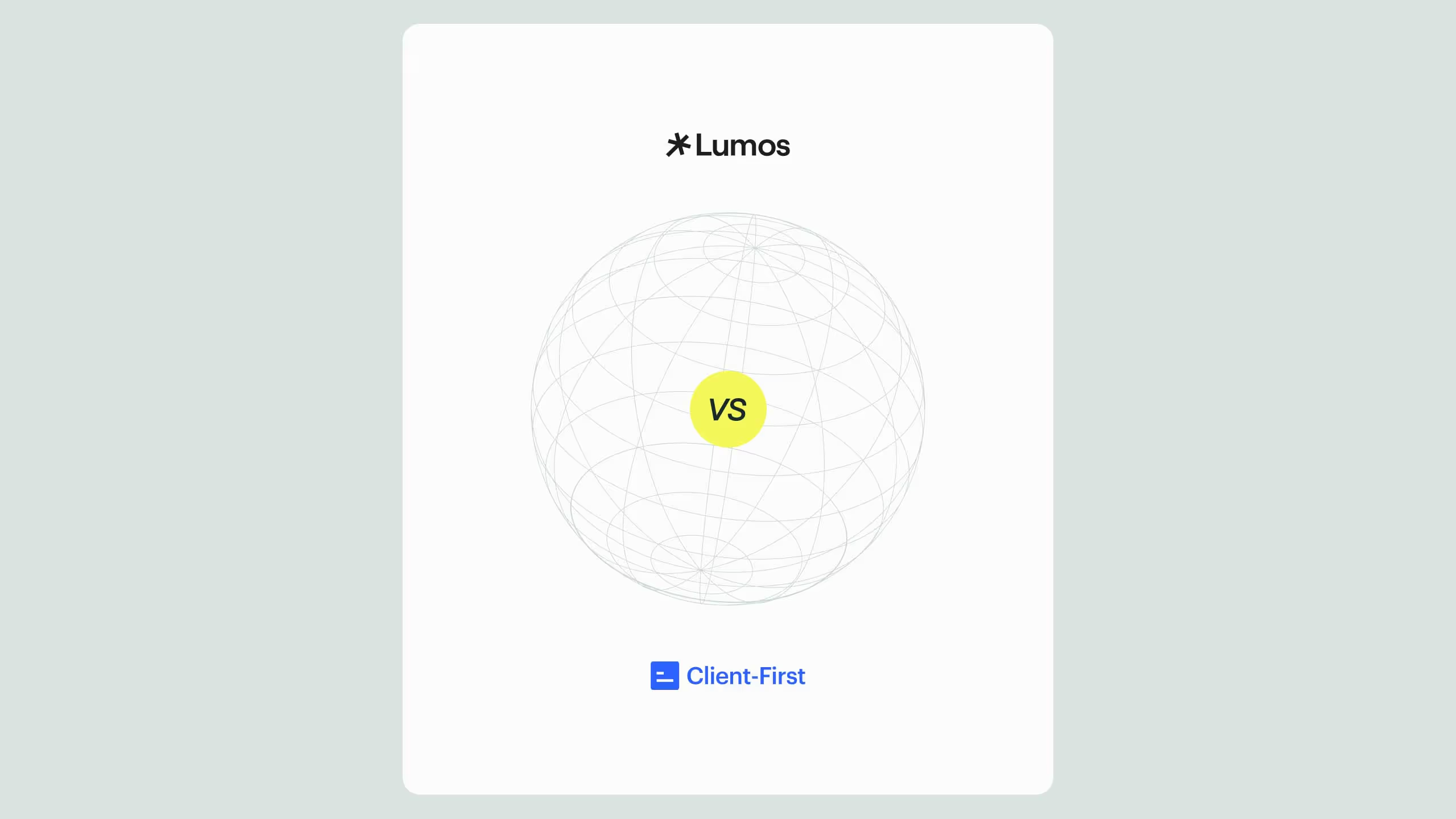
Website traffic measures how many users visit and interact with your site, through organic, direct, referral, or paid channels. To sustainably grow it, focus on SEO, content marketing, influencer collaborations, and user experience optimization. Each plays a role: SEO ensures visibility, content attracts and educates, collaborations expand reach, and great UX keeps visitors engaged. The key to long-term success isn’t just bringing people in, but creating a site that makes them stay, explore, and convert.
Increasing website traffic is everyone’s dream and long-term success depends on many things, from drawing to keeping the right audience.
What is website traffic?
First things first, website traffic refers to the number of users visiting your website. It is measured through a couple of things:
- Page views - total number of visitors
- Sessions - the average time a visitor spends on your website
- Bounce rate - the percentage of users who leaves the website after viewing the single page without any action, like clicking on a link or filling a form
- Conversion rate - percentage of users who take a desired action
We can track and monitor these things by using various tools like Google Analytics or HotJar. This can help us understand our users better and do changes and updates that will increase their experience and help them find what they’re looking for.
Types of website traffic
Understanding different ways that people find your website can help you decide which marketing strategies you should prioritize.
Here are a few most common types of website traffic:
- Organic traffic. This refers to the users who land on your website through search engines without paid ads. It's free and that's why SEO plays a key role in this way of traffic.
- Direct traffic. It's referred to when the users type the URL directly in a browser. These are the types of users who already know about you or heard from someone (word-of-mouth).
- Referral traffic. When visitors land on your website through links on other websites (external links).
- Paid traffic. Achieved through paid ads on Google or any other social media.
4 ways to increase website traffic
1. Search Engine Optimization (SEO)
This is a long-term solution but there are things you can do in the short term, like on-page or technical SEO which means to set up everything that is up to you on your website to be searchable on search engines (title tag, meta description, site map, H titles, alt text, etc.). Off-page SEO is a long-term strategy that is usually connected to backlinking (driving traffic from other websites by adding a direct link to yours).
2. Content marketing
It works well with SEO and you can do it by posting regular blog articles or creating content on social media. This doesn't only drive traffic to your website but it increases your website rank on search engine result pages (SERP).
3. Influencer collaborations
Collaborating with various influencers in your industry can boost your website traffic quite a lot. They can also help in explaining your product or service to the audience and not only increase website visitors but conversion as well.
4. User experience optimization
Certainly not the least option and can be the most important one. If the users can't find what they are looking for or are frustrated with website experience, it'll make them not want to come back no matter what you do, so make sure the website is well optimized to all devices and frequently tested to improve overall UX.
Generating organic traffic is the best option for your website, but it takes a lot of time and patience, but producing quality content regularly can get you there faster. So, pay attention to details, show up every day and find trustworthy partners to help you build it properly.


.svg)
.svg)


